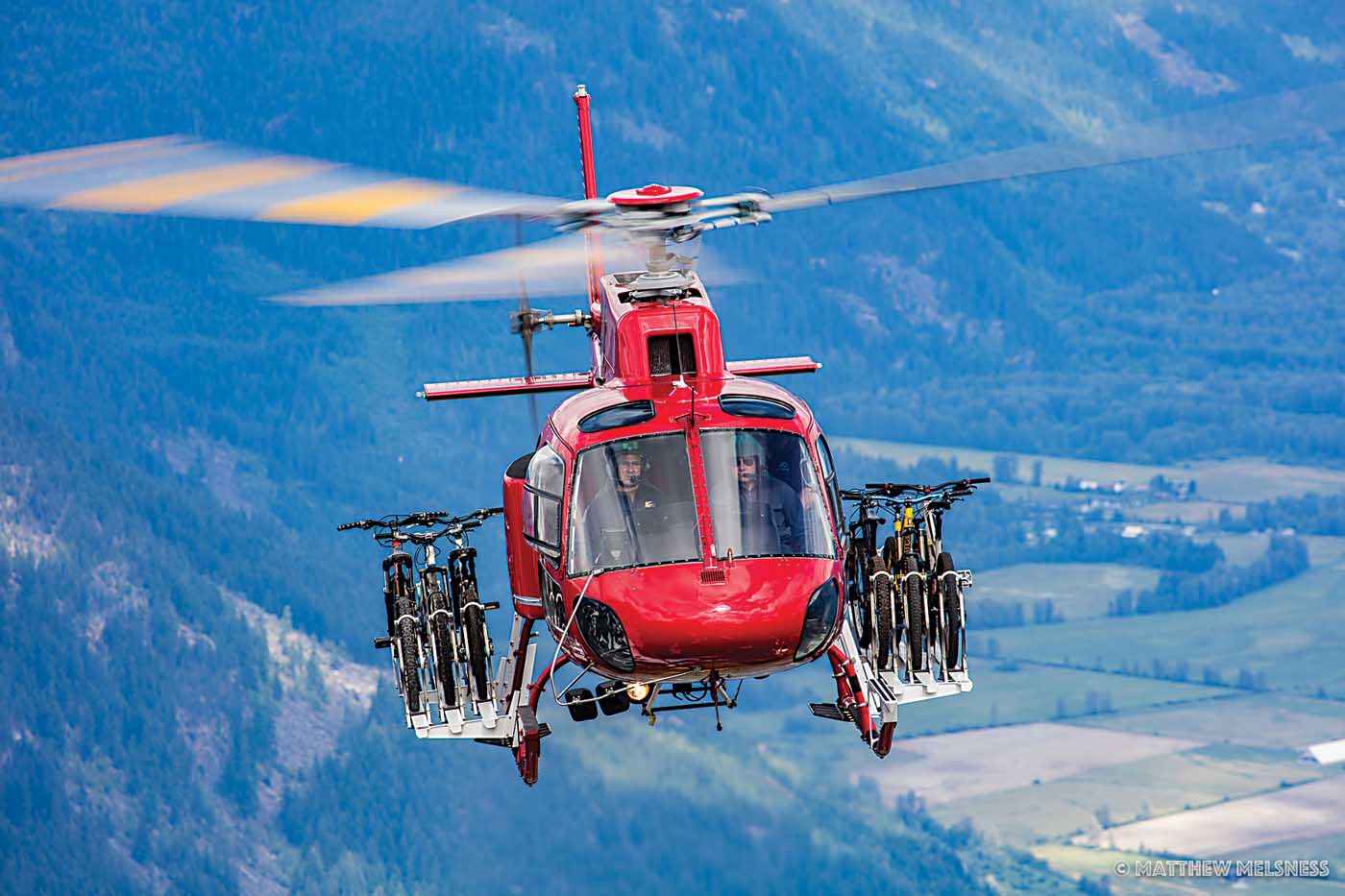Ideas often come to Jason Rekve when he is in the shower. He is the kind of person who is always thinking, who stays awake at night pondering how things work, sometimes rising out of bed at 2 a.m. and going into the shop at Aero Design in Powell River, British Columbia, the helicopter accessories company where he is president and general manager.
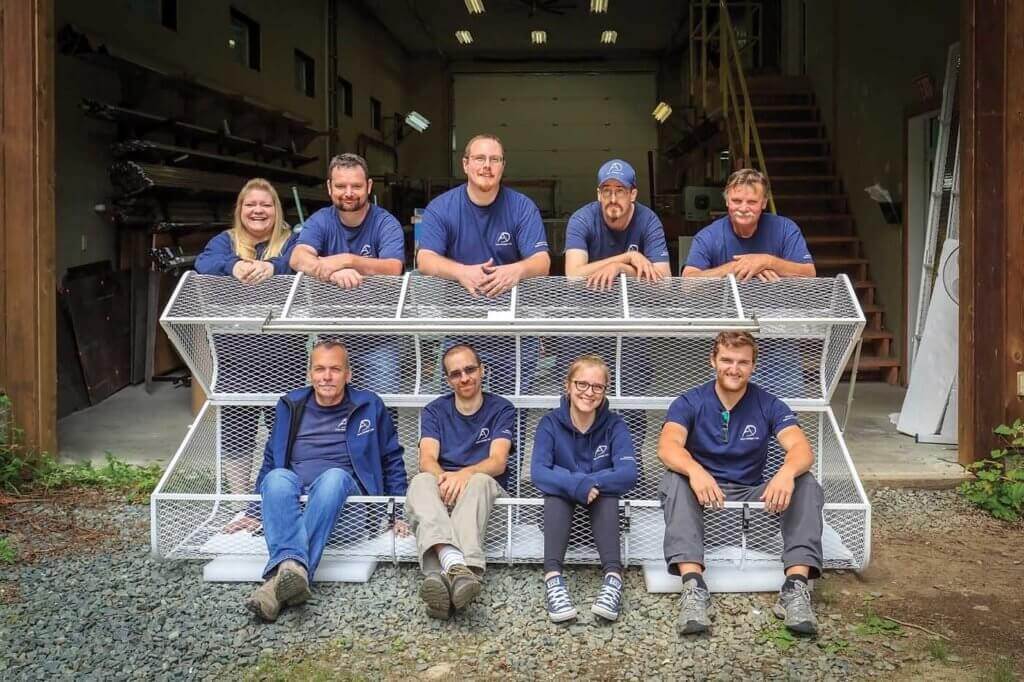
But while an idea can come from virtually anywhere and at any time, it is always in response to a request from helicopter operators with real-world problems, and the work of refining it is almost always a collaboration between Rekve and Jeff Clarke, the company’s vice president and quality assurance manager.
“We have a whiteboard in the office, so one of the two of us will come up with something and just kind of throw it up onto the board and see what sticks,” said Rekve, an aircraft maintenance engineer with M1 and M2 ratings who bought Aero Design with his wife Wanda Rekve and Clarke in 2013.
“Generally what will happen is that basic idea, whether it’s good or bad, will spawn something else. Somebody will have another little piece to add that maybe takes that and makes it a little bit better.
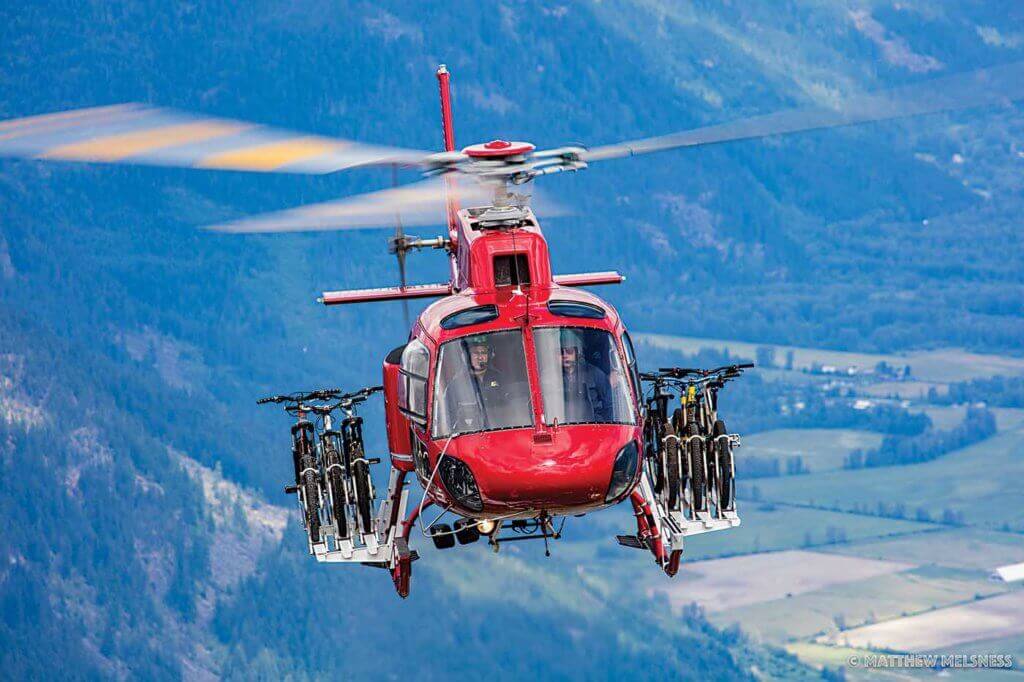
“And then the other person will have something else that they’ll, again, throw into it that’ll make it a little better again.”
That basic process, followed by making physical parts and design drawings and working through several iterations of a product on the way to certification, is how Aero Design has become a leading producer of unique, brilliantly-crafted helicopter accessories with customers around the world.
Founded in 1991 in Calgary, Alberta, Aero Design has been developing, manufacturing, and marketing approved cargo baskets for nearly two decades, introducing its simple quick release system 11 years ago, a staple product used by operators of Bell, Airbus, Robinson and MD helicopters.
The baskets attach to the outside of the helicopter — often to the landing gear, but sometimes to another available hard-point — adding cargo capacity and protecting passengers and the aircraft interior from dirty or potentially damaging items like chainsaws, shovels, and other work gear.
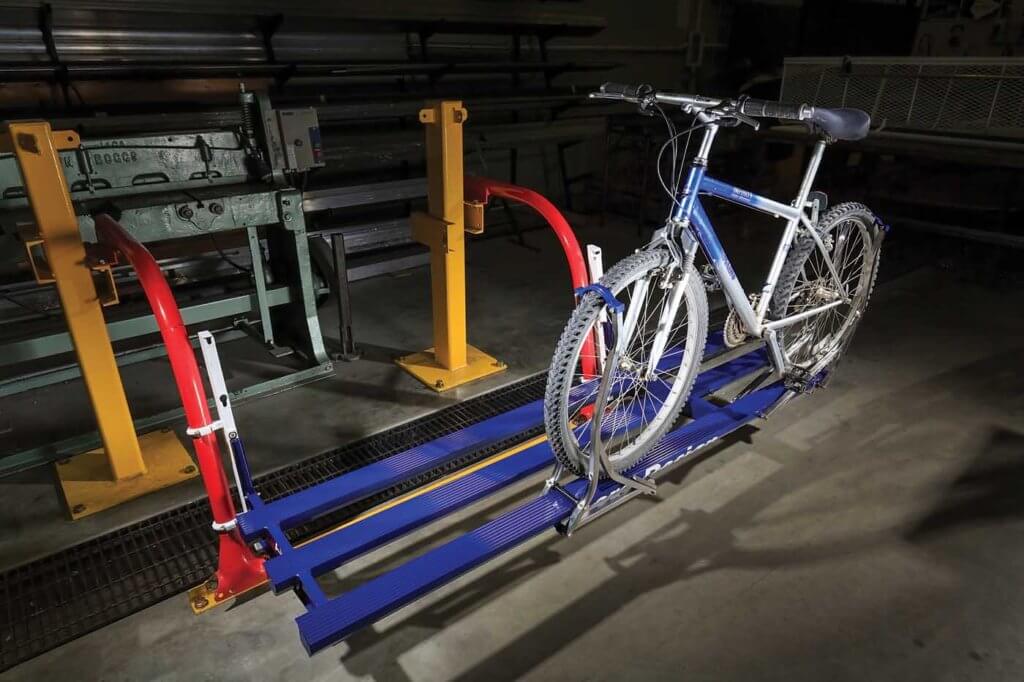
They’re also used to carry skis, snowboards, poles and even food for VIP customers, allowing operators to consider new contract types and sources of revenue.
When Rekve and Clarke bought the company, they also introduced a larger mega basket for Bell 205 and 212 operators, and built on the company’s existing line of quick-release steps.
Moving from Calgary to the southern coast of British Columbia allowed Aero Design to pursue expanded product lines and increase its manufacturing output, while providing an outstanding quality of life for its employees.
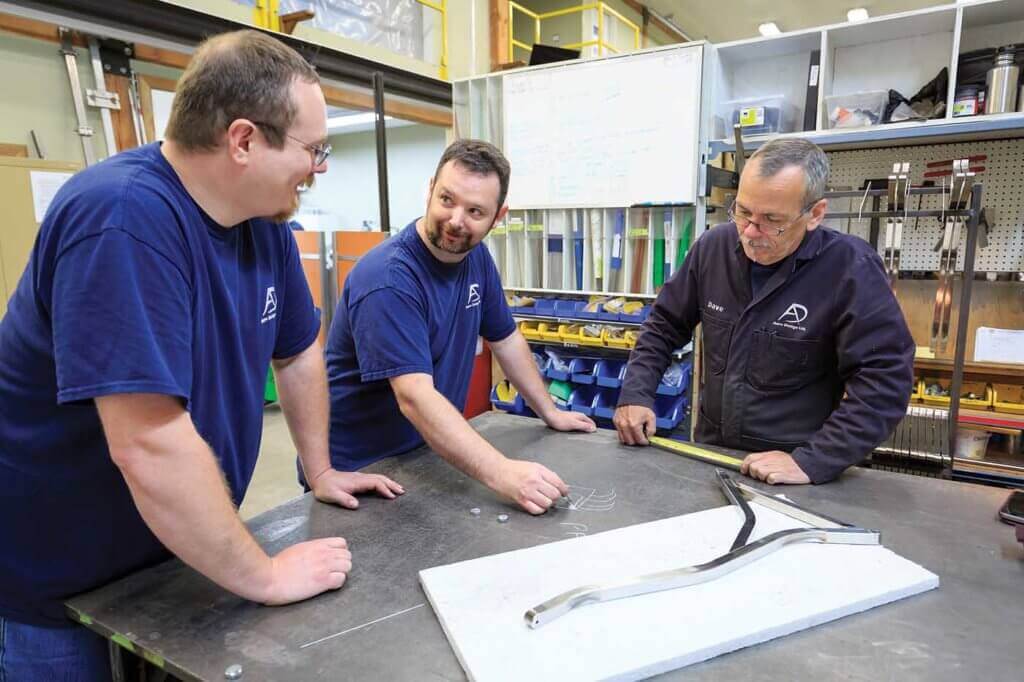
“We still have reasonable access to places like Vancouver, Whistler, Victoria and Mount Washington, and the company supports and has the support of the community and a growing supporting industry,” said Rekve.
Rekve’s first major innovation for Aero Design was a replacement for the factory-supplied Bell 206 and 407 cyclic friction control, which uses a lever rather than a knob to stabilize the cyclic when the aircraft is idling on the ground.
He brought the idea to Aero Design in 2011, while owning and operating South Coast Heli Support Ltd., a company that provided contract maintenance and support in Western and Northern Canada, as well as in the United States and overseas.
Clarke was working at Aero Design as an engineering technologist at the time and helped fabricate some of the production tooling for the cyclic friction control. He wasn’t involved in the original design process, but he’s worked with Rekve on every product since.
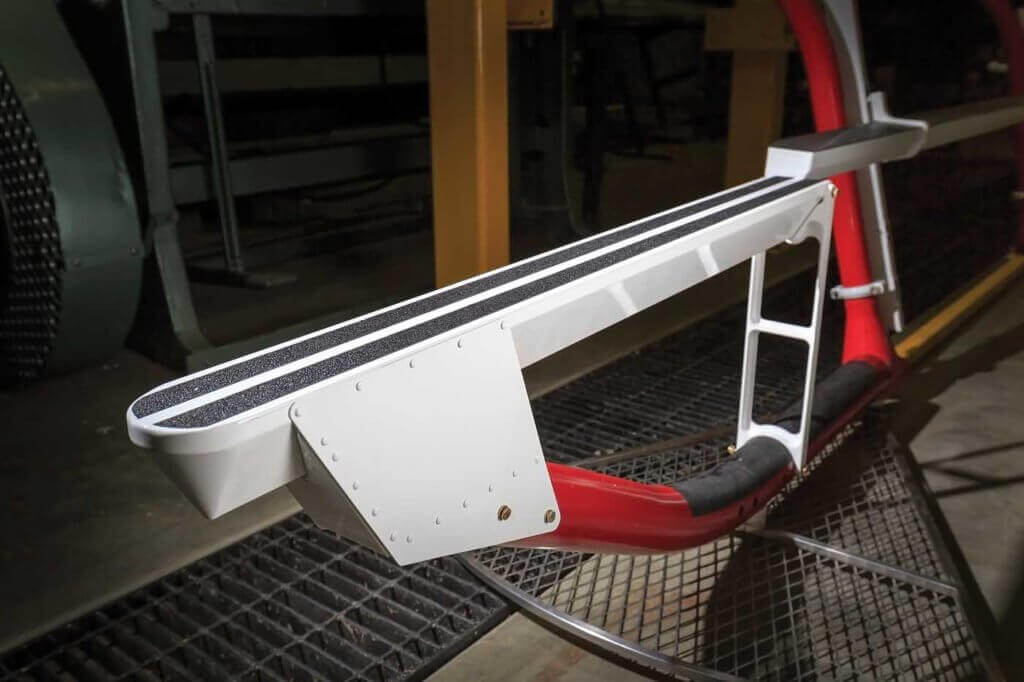
“We hit it off right away,” said Clarke, who grew up in Vernon, British Columbia, and is a graduate of the aeronautical engineering technology program at Southern Alberta Institute of Technology.
“I think we have very similar personalities,” he added. “We both work very hard, we can focus on projects and come up with reasonable solutions. . . . We are good at what we do and we can bounce the things we are not as good at off of each other. It works really well.”
While Rekve tends to build physical objects to work through an idea, Clarke is better at putting an idea on paper before the actual building begins, using a computer to create design drawings that can be printed out and guide the fabrication process.
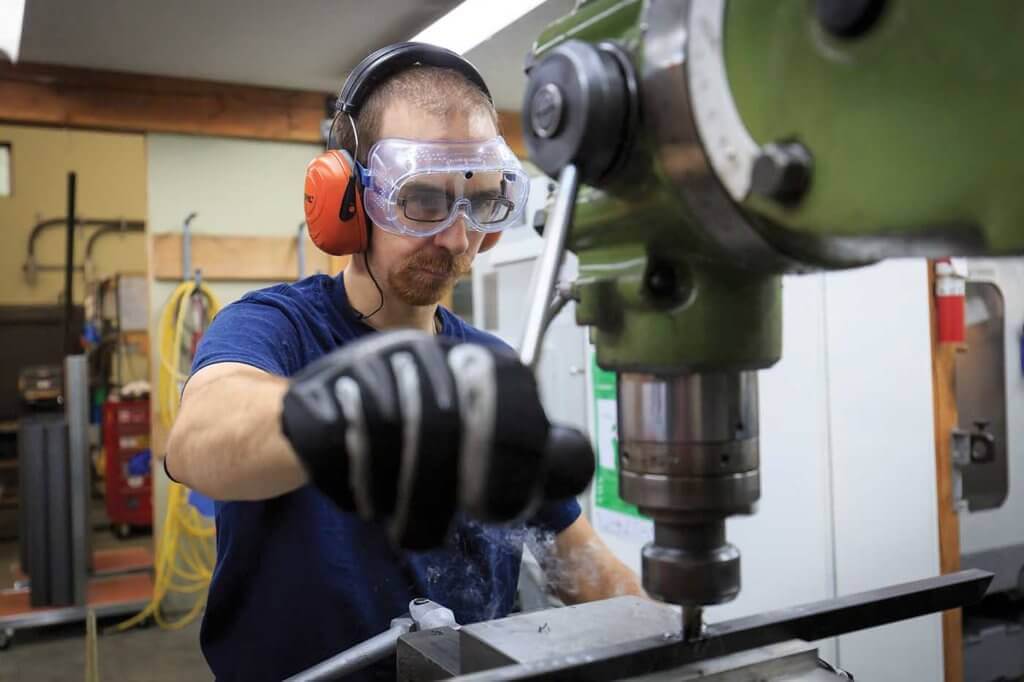
“We are a little bit different that way,” said Clarke. “But in the end, sometimes it’s that much easier to see the finished part if you’ve got parts in front of you. If it’s a little trickier concept, maybe getting it down on paper will show you — you know, is that an avenue we should go down or not?”
Their similarities and differences complement each other perfectly, but the design process is never about creating cool products for novelty’s sake. It’s about finding practical solutions to requests from real-world operators, and operator input is an essential part of the process as well.
“We have always approached every product we’ve done by interacting with the people who are going to use it,” said Rekve. “Our business model is not about sales. It is about communicating with the person on the other end. We actually care about who we’re talking to.”
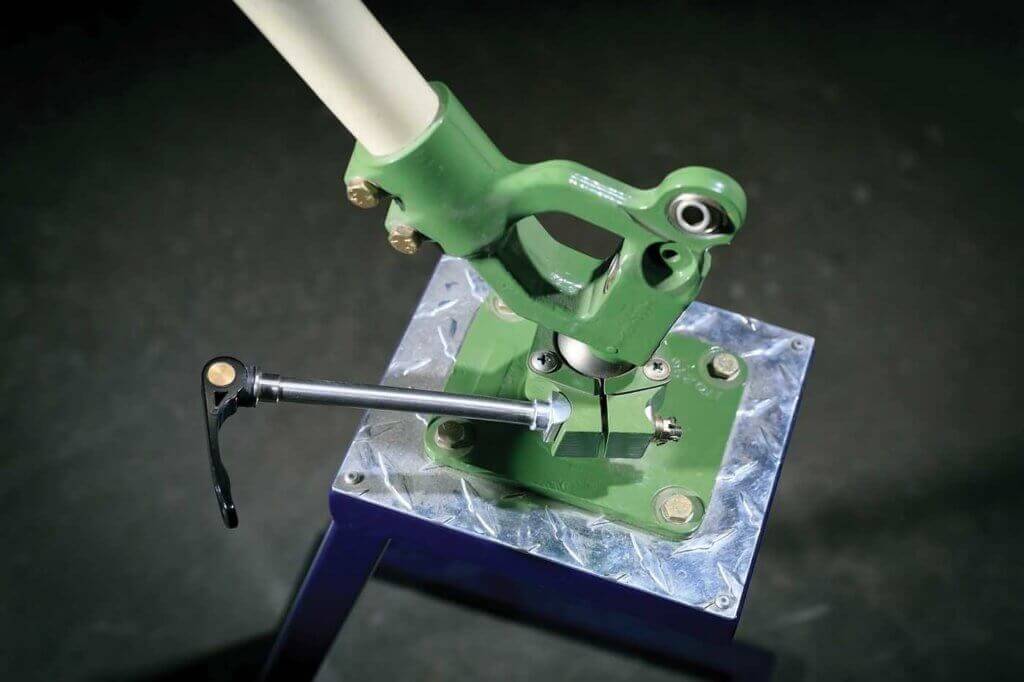
A key example of Aero Design responding to the industry is its quick release bicycle rack set for Airbus H125/AS350 helicopters, which recently received Federal Aviation Administration approval.
The racks attach to helicopter skids using the same quick release system as Aero Design’s line of cargo baskets and steps, and can carry three bicycles per side. The system accepts the shortest-frame mountain bike with a 26-inch wheel to the longest-frame bike with a 29-inch wheel, all up to four inches wide and with no modification necessary to the rack.
Operators wanted a way to fly with bikes onboard and asked if they could fit them in a basket, said Rekve. The company went a step further and came up with an even better solution.
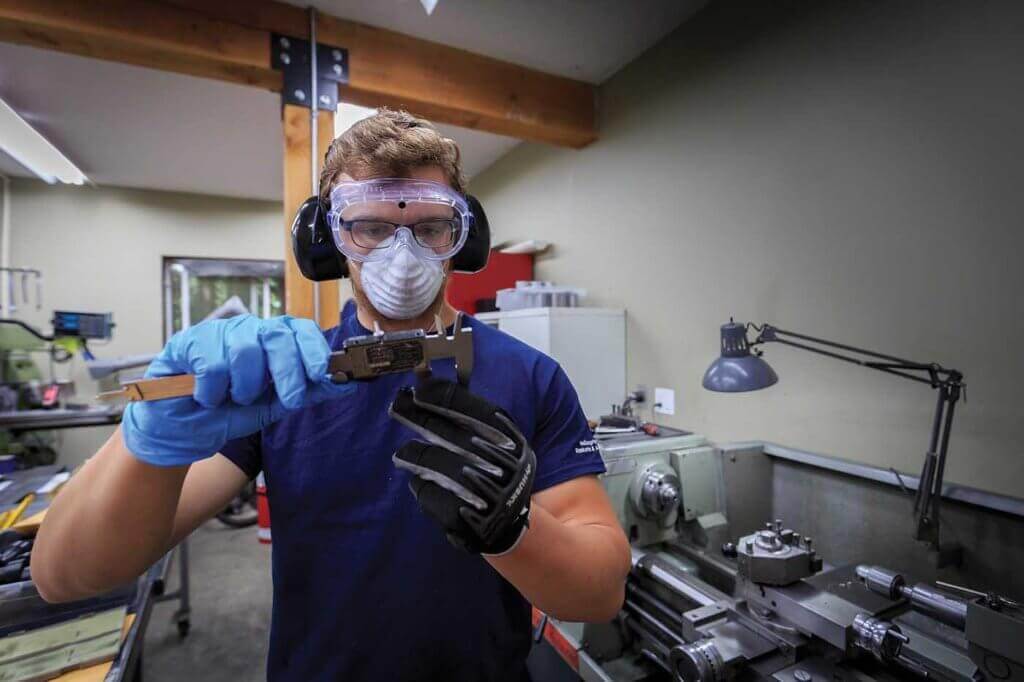
“Our quick release allows you to swap from a basket to a step to a bike rack in the span of a minute,” he said. “So it’s multi-mission capable, which is super-efficient, and it’s a new thing. It’s a hole in the industry; it’s a new industry in and unto itself.”
Aero Design has plans to continue growing, but not at an overly quick pace. The company is wary of getting too big too fast, with the understanding that controlled growth has allowed it to provide exceptional customer service and quick turnaround times on existing projects.
“I can see us having some more engineering staff, I can see us having some more manufacturing staff,” said Clarke. “But I think we will remain in that specialized, special equipment market, with [a] focus on things that are quickly removable and very, very, easy to use.”
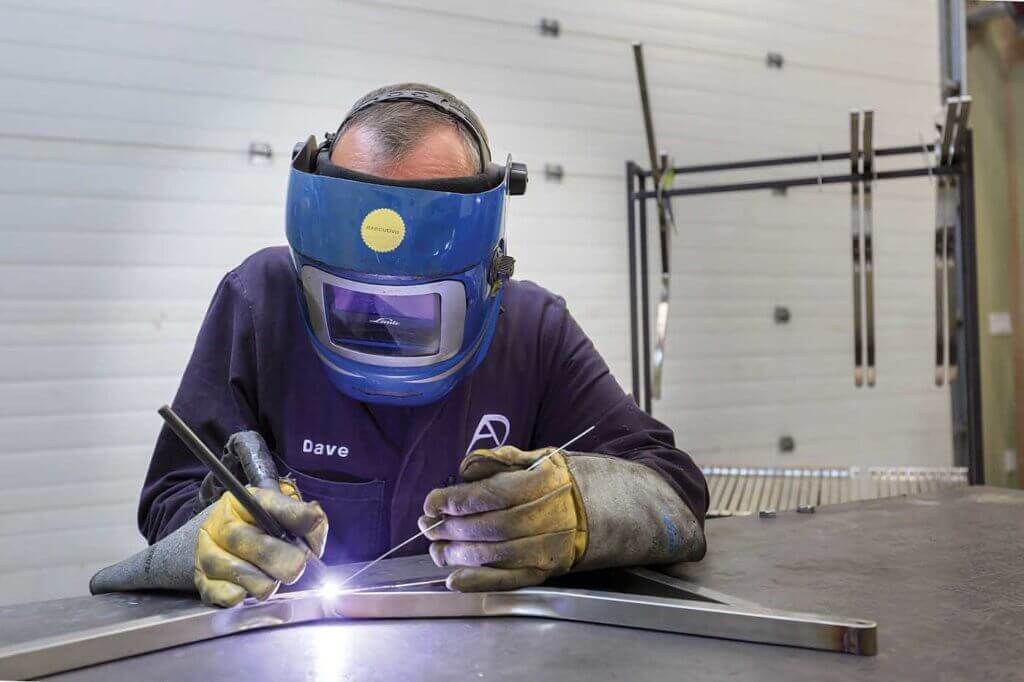
With that said, Aero Design is expanding into a new building in Powell River that will double its manufacturing and office space to just over 10,500 square feet. As it grows cautiously, it will be able to continue to complete all product design and fabrication in-house, with help from its small but dedicated crew of 10 full- and part-time staff.
“I’ve seen it before on multiple occasions in various parts of the industry where people are always trying to do the next big thing to try and stay relevant,” said Rekve. “And what ends up happening is, you haven’t recognized or realized the return on investment for the last thing first.
“So you’re growing, you’re growing, you’re growing, and then all of a sudden you drop off, because you can get busy to a point where you start making mistakes, or you stop recognizing what the next good idea is.
“Our focus right now is to make sure what we have is sustainable. . . . We want to make sure we can support what we currently have on the go and to let the business grow organically with the industry.”





